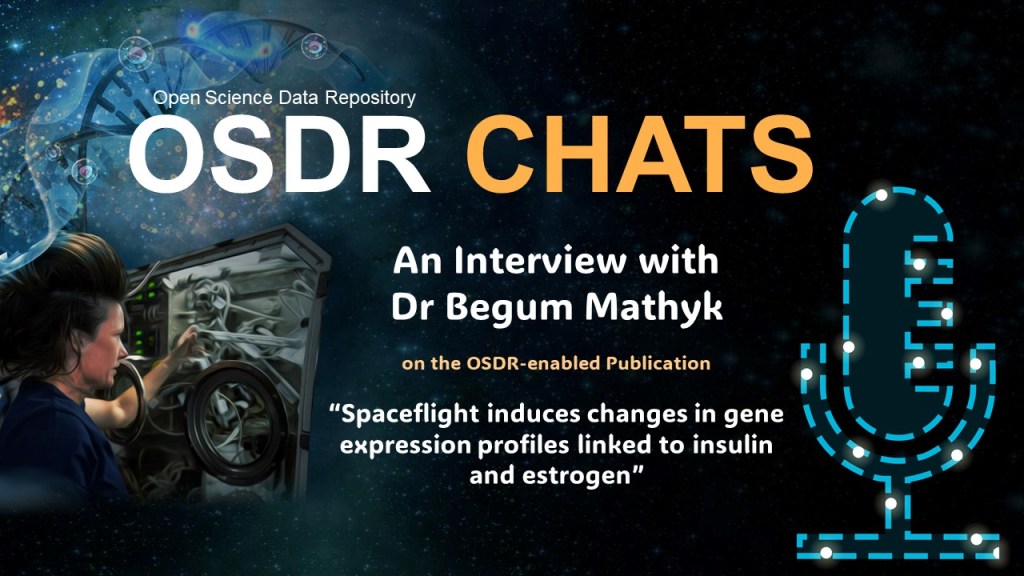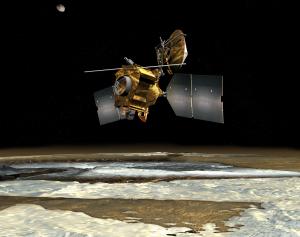Cassini Significant Event Report
For Week Ending 04/18/03
The most recent spacecraft telemetry was acquired from the Goldstone tracking station on Wednesday, April 16. The Cassini spacecraft is in an excellent state of health and is operating normally. Information on the spacecraft's position and speed can be viewed on the "Present Position" web page.
Command and Data Subsystem (CDS) Flight Software (FSW) checkout activities continued this week with playback of data from last week's Probe Solid State Recorder Dual Record Demo, enabling of the CDS Solid State Recorder (SSR) Auto-Repair function, a RADAR Instrument Expanded Block (IEB) Exercise with Telemetry Mode Checkout, power on and IEB checkouts for Radio and Plasma Wave Science (RPWS) and Magnetospheric Imaging Instrument (MIMI), clearing of the Attitude Control System (ACS) high water marks, and powering on of the Magnetometer Subsystem (MAG) and Composite Infrared Spectrometer (CIRS). The IEB checkouts for RADAR, RPWS, MAG, and CIRS activities were nominal. Due to a timing error, MIMI rejected the commands comprising the IEB load test. The cause is understood and the test will be repeated in a later sequence. No recovery commanding is necessary.
On DOY 098, an absolute timed mini-sequence and an Immediate/Delayed Action Program (IDAP) were executed on the spacecraft to perform a test of the Probe Relay telemetry mode with SSR Dual Record. The execution of the mini-sequence was very similar to the Probe Relay critical sequence, with fault protection and other critical commands removed. The purpose of the playback was to demonstrate the priority playback capability of Probe data over two separate passes. The play back and downlink were completely nominal. However, the Real-Time broadcast of Probe data to the Huygens Probe Operations Center (HPOC) failed. The problem was identified as a telemetry broadcast buffer overflow, caused by a mismatch in data rates between the spacecraft data rate and the data lines to HPOC. Post pass querying of the playback data by HPOC was successful. Spacecraft Office, Mission Support and Services Office, Instrument Operations, System Engineering, and Huygens personnel at JPL are working the issue. Plans are already in place to test a higher capacity data line to HPOC which will be installed later this year.
The Huygens Team has begun to review the data from the dual record demonstration, and perform gap analysis at their facility in Europe. Analysis is expected to be complete next week.
Testing of the first five days of the C37 background sequence, and Trajectory Correction Maneuver (TCM)-19 in system mode have completed successfully in the Integrated Test Laboratory. The preliminary Sequence Integration & Validation package for C37 was also released for review, and a waiver approved for the CIRS FSW checkout activity.
Contingency planning for the TCM-20 timeframe has been completed. The plan deals with potential issues in the operation of the Main Engine Assembly cover and with pyro sequence for bringing the oxidizer side of the bi-propellant system online.
Science Planning Virtual Team development for the C39 sequence kicked off this week. C39 will use the 2-port, 8-work-weeks cruise development process. The process will conclude in mid June. A project briefing for this sequence will be held in two weeks.
Multimission Image Processing Laboratory (MIPL) personnel performed a short performance test of downlink and reconciliation processing. The test was monitored and analyzed by system analysis software. The results showed that the machine loading expected during the tour will be adequately accommodated by planned hardware procurements. Acceptance testing has begun for MIPL D30 software. D30 is scheduled for delivery in July of this year.
System engineering held a meeting for team, office, and project management to present options and recommendations for ground data system workstation operating system migration. The decision was reached to proceed with Mission Sequence Subsystem (MSS) and Kinematic Prediction Tool-Inertial Vector Propagator (KPT-IVP) development on the Solaris 7 environment for delivery in mid-July. The developers will then port these tools to either Solaris 8 or Solaris 9, depending upon the results of concurrent Solaris 9 testing.
A delivery coordination meeting was held for the Navigation Ancillary Information Facility toolkit version N0055.
Additional information about Cassini-Huygens is online at http://saturn.jpl.nasa.gov.
Cassini will begin orbiting Saturn on July 1, 2004, and release its piggybacked Huygens probe about six months later for descent through the thick atmosphere of the moon Titan. Cassini-Huygens is a cooperative mission of NASA, the European Space Agency and the Italian Space Agency. JPL, a division of the California Institute of Technology in Pasadena, manages the mission for NASA's Office of Space Science, Washington, D.C.
Media Relations Office
Jet Propulsion Laboratory
California Institute of
Technology
National Aeronautics and Space
Administration
Pasadena, Calif. 91109.
Telephone (818) 354-5011





























